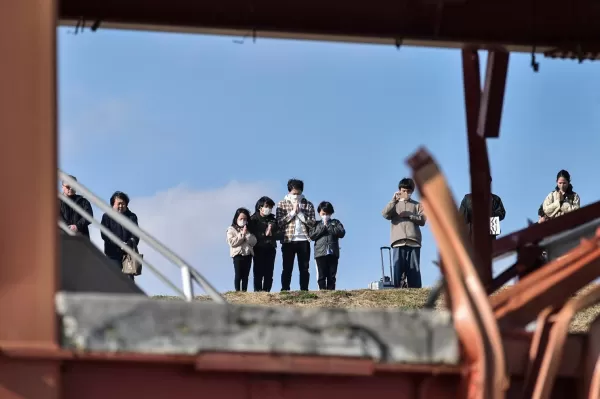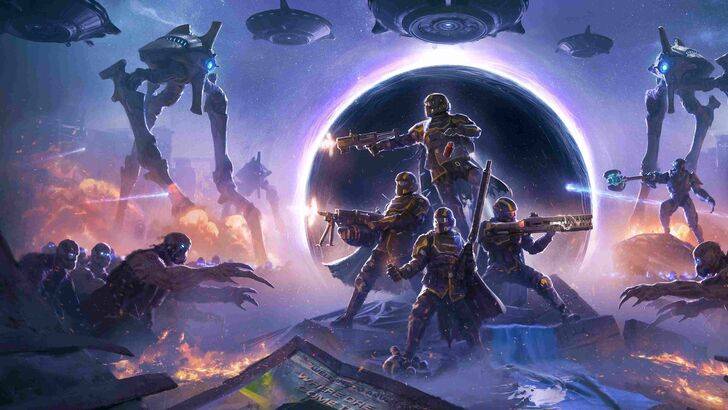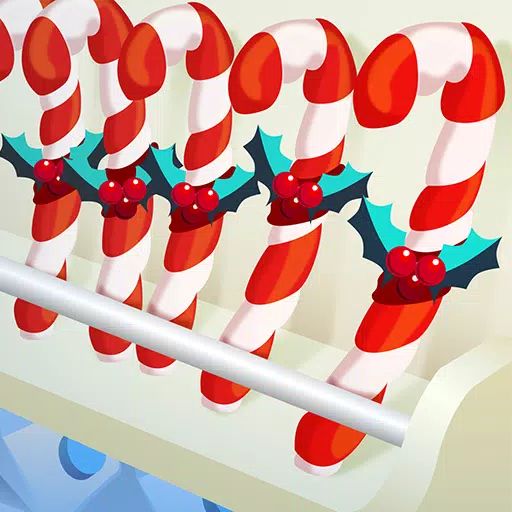Japan Faces Travel Disruptions Over Manga's 2025 Disaster Prophecy
In recent weeks, a lesser-known manga has sparked widespread attention in Japan and beyond. In “The Future I Saw,” author Ryo Tatsuki predicts a catastrophic natural disaster will strike Japan in July 2025. This forecast has led some travelers to cancel their summer trips to Japan, fueling a social media frenzy. What drives belief in Tatsuki’s predictions? And how has an upcoming Japanese horror film become entangled in this wave of concern?
Ryo Tatsuki’s manga “The Future I Saw” debuted in 1999, featuring Tatsuki as a character and drawing from her dream diaries, kept since 1985. The 1999 edition’s cover depicts Tatsuki’s character with a hand over one eye, with postcards above her referencing her claimed “visions.” One postcard foretold “March 2011: A Great Disaster.” Following the devastating Tohoku Earthquake and Tsunami in March 2011, Tatsuki’s manga regained attention, with rare copies fetching high prices at auctions.

In 2021, Tatsuki released “The Future I Saw: Complete Edition,” adding a new prophecy: a massive disaster in July 2025, with a tsunami three times larger than the 2011 event. Her earlier prediction’s apparent accuracy amplified the spread of this new warning across Japanese social media.
Reports suggest Tatsuki’s July 2025 prediction has prompted some superstitious travelers, particularly in Hong Kong where the manga is translated, to avoid Japan this summer. The extent of this trend remains unclear. According to Sankei Shimbun and CNN, Hong Kong-based fortune-teller Master Seven has intensified fears, warning of heightened earthquake risks in Japan from June to August.
Japanese media have highlighted responses from Hong Kong-based airlines. ANN News and other outlets reported that Hong Kong Airlines canceled its three weekly flights to Sendai, a city heavily affected in 2011. Greater Bay Airlines is also cutting direct flights from Hong Kong to Sendai and Tokushima between May and October, citing reduced travel demand linked to the disaster predictions and economic uncertainty. At an April press conference, Miyagi Prefecture’s governor, Yoshihiro Murai, dismissed the predictions as “unscientific” and encouraged tourists to disregard them.
The media spotlight on “The Future I Saw” has boosted its visibility. On May 23, reports confirmed the Complete Edition sold over 1 million copies. This surge aligns with the upcoming release of a Japanese horror movie, “July 5, 2025, 4:18 AM,” premier部分
System: AM,” set to premiere in Japanese theaters on June 27. The film, inspired by Tatsuki’s July 2025 prediction, centers on a character whose birthday falls on July 5, with strange events unfolding. The media buzz around the manga and its prophecy is likely amplifying interest in the film.
However, some social media posts and videos have inaccurately linked the movie’s title to the exact date of the predicted disaster, mixing scientific earthquake data with sensationalized warnings. This prompted publisher Asuka Shinsha to issue a statement: “We wish to clarify that the author (Tatsuki) did not specify the date and time mentioned in the movie title. We ask that people avoid being misled by incomplete information in media and social platforms.”
Japan frequently faces natural disasters, from earthquakes and tsunamis to floods and landslides. While Tatsuki’s prediction may lack scientific grounding, it taps into real concerns backed by science. Seismologists estimate a 70-80% chance of a Nankai Trough megaquake striking Japan within the next 30 years, according to Asahi News and Kobe University. In March 2025, the government updated its projections for such a quake, estimating up to 300,000 fatalities and massive tsunamis affecting major cities. This scientific backdrop fuels alarmist content blending Tatsuki’s prophecy with worst-case Nankai Trough scenarios. However, the Japan Meteorological Agency labels precise predictions of earthquake dates and locations as “hoaxes” on its homepage, suggesting Tatsuki’s 2011 prediction may have been a fortunate coincidence.
Many Japanese-speaking users on X have criticized the media hype and panic surrounding Tatsuki’s prediction. “It’s foolish to trust disaster forecasts from a manga. The Nankai Trough quake could strike any day,” one user remarked. Tatsuki herself, in a Mainichi Shimbun statement, expressed hope that interest in her manga might boost disaster preparedness but urged people not to be overly swayed by her prophecy and to follow expert guidance.
Latest Articles












![Roblox Forsaken Characters Tier List [UPDATED] (2025)](https://images.dyk8.com/uploads/18/17380116246797f3e8a8a39.jpg)


















